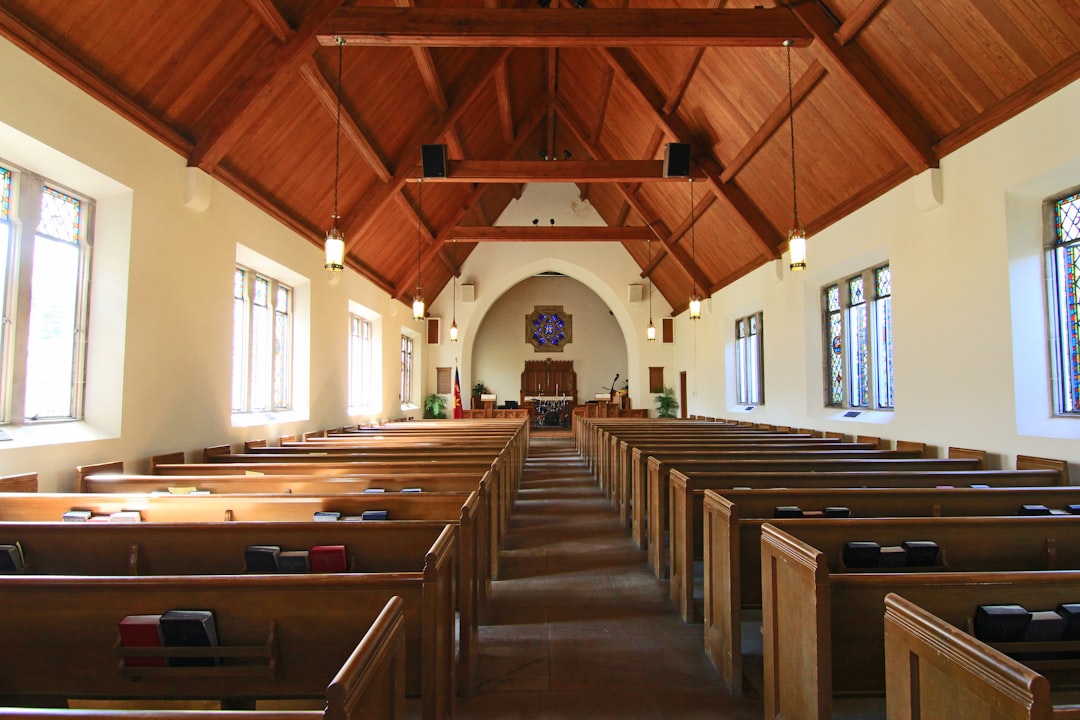In Ohio, victims of sexual or emotional abuse by religious leaders or within institutions under religious jurisdiction can seek justice through clergy abuse lawsuits. These cases require specialized knowledge from experienced clergy abuse lawyers due to their complexity. Such lawyers help victims understand their rights, navigate statutes of limitations, and overcome institutional defenses while preserving the sensitivity of traumatic experiences. They guide clients through the process, providing tailored legal strategies, evidence gathering, and arguments for justice. Immediate action is crucial after reporting clerical abuse; victims should document incidents, contact a reputable clergy abuse lawyer in Ohio, file reports with authorities, and consider support groups for emotional assistance.
In Ohio, clergy abuse lawsuits are becoming increasingly prevalent as survivors come forward to seek justice. If you or someone you know has experienced sexual or emotional abuse by a religious leader, understanding your legal options is crucial. This article guides you through the complexities of clergy abuse lawsuits in Ohio, highlighting key roles, common challenges, and essential steps after reporting abuse. Discover how a specialized clergy abuse lawyer can be your advocate, ensuring justice and closure.
Understanding Clergy Abuse Lawsuits in Ohio

In Ohio, clergy abuse lawsuits are legal actions taken by individuals who have suffered sexual or emotional abuse at the hands of religious leaders or within institutional settings under the jurisdiction of a religious organization. These cases often involve complex legal and factual issues, requiring specialized knowledge from experienced clergy abuse lawyers in Ohio. Understanding the rights and options available is crucial for victims seeking justice and closure.
If you’ve been a victim of clergy abuse, it’s important to know that Ohio laws provide a pathway for individuals to seek compensation and accountability. A skilled clergy abuse lawyer in Ohio can guide you through the process, ensuring your legal rights are protected. They will help navigate the unique challenges of these cases, including statutes of limitations, institutional defenses, and the delicate nature of revealing traumatic experiences.
Who Can Seek Legal Assistance?

Anyone who has experienced or been a witness to clergy abuse in Ohio can seek legal assistance from a specialized clergy abuse lawyer. This includes individuals who have been victims of sexual, emotional, or physical abuse by religious leaders, as well as those who have suffered harm due to the church’s failure to protect them. The law firm you choose should have extensive experience dealing with such cases and a deep understanding of Ohio’s legal landscape regarding clergy abuse.
A clergy abuse lawyer in Ohio can help navigate complex laws and regulations, providing guidance tailored to your specific situation. They will work diligently to ensure that your rights are protected and that you receive the justice and compensation you deserve. If you have evidence or reasons to believe that a member of clergy has abused their position, don’t hesitate to reach out for legal support.
The Role of a Clergy Abuse Lawyer

When faced with clergy abuse in Ohio, individuals who have suffered as a result can find solace and support by retaining the services of a specialized clergy abuse lawyer. These legal professionals play a pivotal role in navigating the complex landscape of church law, state regulations, and potential confidentiality agreements. They guide victims through the process, ensuring their rights are protected while pursuing justice and compensation for the harm they’ve endured.
An experienced Ohio clergy abuse lawyer understands the unique challenges that come with these sensitive cases. They possess in-depth knowledge of institutional structures and religious practices, enabling them to unravel the often intricate web of accountability. By thoroughly investigating the circumstances, gathering evidence, and employing strategic legal arguments, these lawyers fight for victims’ rights, seeking to hold perpetrators accountable while providing closure and a sense of justice.
Common Challenges and How to Overcome Them

Many victims of clergy abuse face unique and often overwhelming challenges when considering legal action. The first hurdle is finding the right support system, as this sensitive issue can be difficult to discuss. Connecting with a dedicated Ohio clergy abuse lawyer is crucial for several reasons. These professionals have experience handling such cases, providing essential guidance tailored to each client’s needs. They offer a safe space for victims to share their stories and help them navigate the legal process.
Another common challenge is the statute of limitations, which varies by state and can limit the time available to file a claim. An Ohio clergy abuse lawyer can help clients understand these legal timeframes and ensure they don’t miss opportunities for justice. By combining legal expertise with compassionate support, these professionals empower victims to take action, overcome barriers, and seek the resolution they deserve.
Steps to Take After Reporting Clerical Abuse

After reporting clerical abuse, it’s crucial to take immediate steps to ensure safety and secure justice. The first course of action is to document all instances of abuse meticulously, including dates, locations, and any evidence available. This could include written statements from witnesses or victims, photographs, or any relevant correspondence. Next, contact a reputable clergy abuse lawyer in Ohio who specializes in such cases. They will guide you through the legal process, help file a report with local authorities if necessary, and represent you in any potential litigation against the responsible parties.
Additionally, reach out to support groups or counseling services that cater to victims of clerical abuse. These organizations offer emotional assistance and can provide valuable resources for navigating the legal system. Remember, it’s not just about pressing charges; healing and closure are equally important parts of the process.





